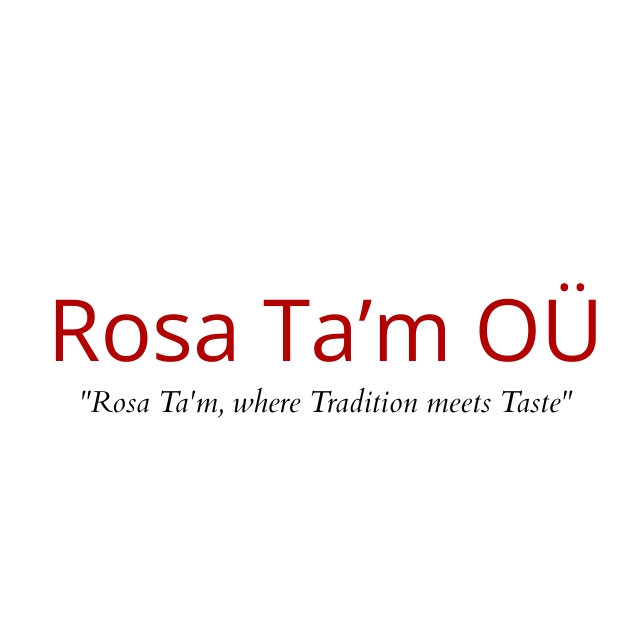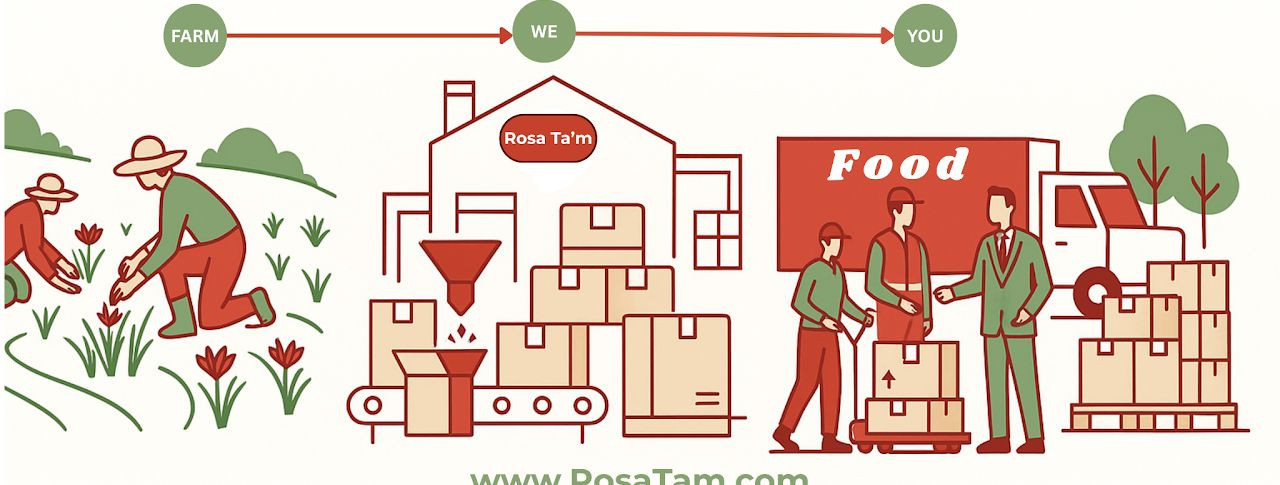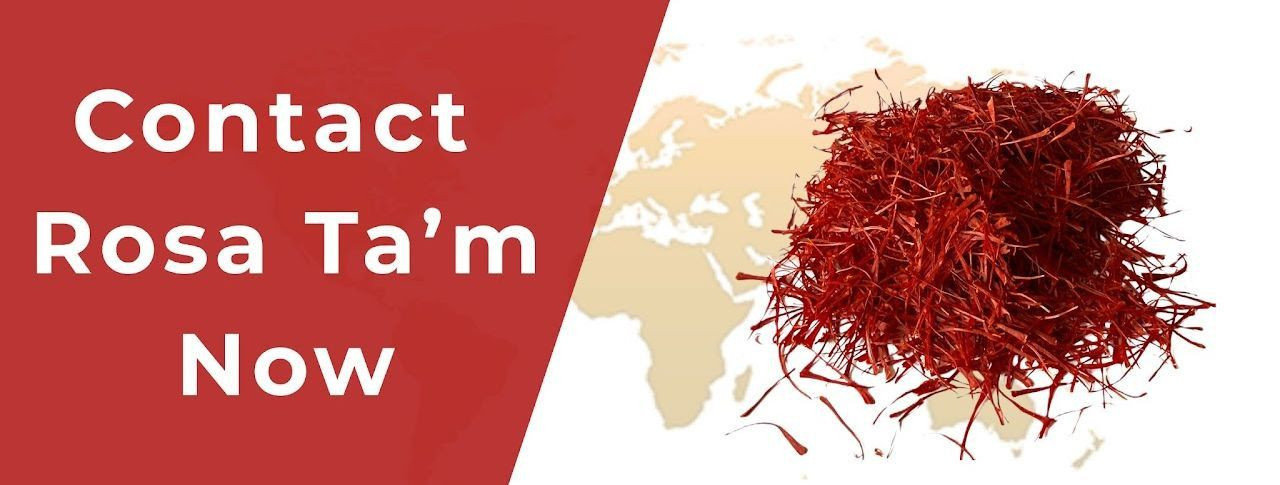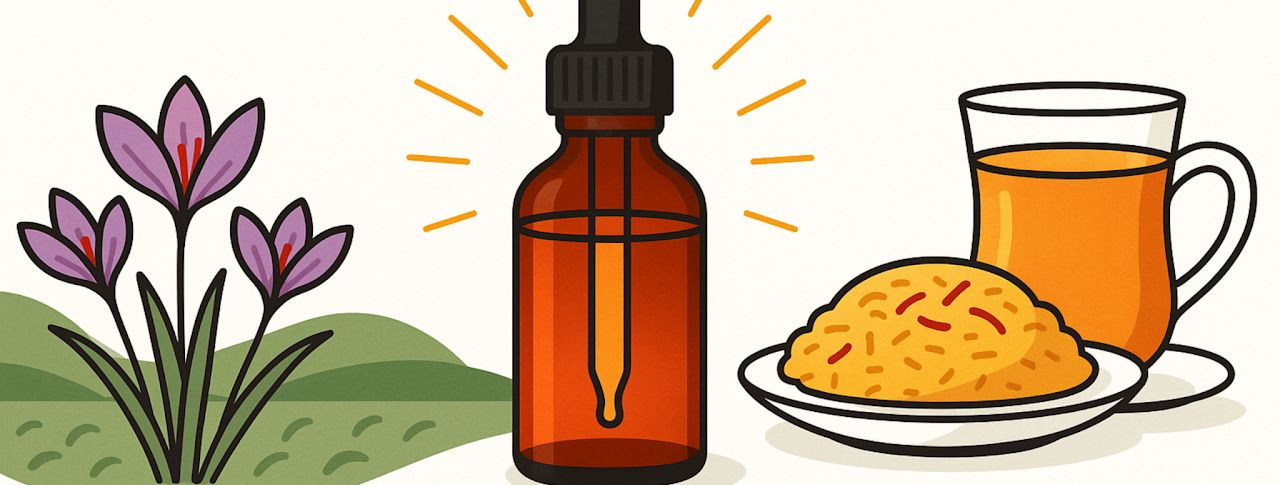The journey of saffron: from farm to table
Saffron, often referred to as the 'golden spice', is renowned for its vibrant color, distinct flavor, and numerous health benefits. This precious spice is derived from the flower of Crocus sativus, commonly known as the saffron crocus. Each flower produces only three vivid crimson stigmas, which are carefully hand-harvested and dried to become the saffron threads we use in cooking and other applications.
The Origins and History of Saffron
Saffron has a rich history that dates back over 3,000 years. Originating in the region of present-day Iran, it has been used by various cultures for culinary, medicinal, and cosmetic purposes. Ancient texts and artifacts reveal that saffron was highly prized by the Egyptians, Greeks, and Romans, often used in rituals and as a symbol of wealth and prosperity.
Cultivation of Saffron
Saffron thrives in regions with a Mediterranean climate, characterized by hot, dry summers and mild, wet winters. The soil must be well-drained and rich in organic matter to support the delicate crocus plants. Countries like Iran, India, Spain, and Greece are among the top producers of saffron, thanks to their favorable climates.
The saffron harvest is a labor-intensive process that occurs once a year, typically in the autumn. Each flower must be picked by hand in the early morning to preserve the delicate stigmas. It takes approximately 75,000 flowers to produce just one pound of saffron, highlighting the labor and precision involved in its production.
Processing and Grading of Saffron
Once harvested, the saffron stigmas are carefully dried to enhance their flavor and preserve their quality. Traditional drying methods involve spreading the stigmas on a sieve and exposing them to gentle heat. This process requires skill to ensure the saffron retains its vibrant color and potent aroma.
Saffron is graded based on its color, flavor, and aroma. The highest quality saffron, known as 'Sargol' or 'Coupe', consists of only the red stigmas and is free from yellow styles. Lower grades may include more of the yellow parts, which are less potent. The grading process ensures that consumers receive saffron that meets their culinary and medicinal needs.
Saffron in Culinary Arts
Saffron is a staple in many gourmet dishes around the world. It is a key ingredient in Spanish paella, Italian risotto, and Indian biryani, where it imparts a rich golden hue and a unique, earthy flavor. Its versatility makes it a favorite among chefs and home cooks alike.
To maximize the flavor of saffron, it is recommended to soak the threads in warm water or broth before adding them to dishes. This process releases the full spectrum of flavors and colors. Due to its potency, a small amount of saffron goes a long way, making it a worthwhile investment for any kitchen.
Saffron in Health and Wellness
Saffron is rich in antioxidants, which help protect the body from oxidative stress and inflammation. It contains compounds like crocin and safranal, which have been linked to improved mood, enhanced memory, and reduced symptoms of depression.
Throughout history, saffron has been used in traditional medicine to treat a variety of ailments, including digestive issues, menstrual discomfort, and respiratory problems. Modern research continues to explore its potential therapeutic benefits, particularly in the areas of mental health and chronic disease management.
Saffron in the Cosmetics Industry
The beauty industry has embraced saffron for its skin-enhancing properties. It is often used in creams and serums to brighten the complexion, reduce pigmentation, and promote a youthful glow. Its antioxidant properties also make it a valuable ingredient in anti-aging products.
The Economic Impact of Saffron
Saffron is one of the most expensive spices in the world, with prices reflecting the labor-intensive nature of its production. It plays a significant role in the economies of producing countries, providing livelihoods for thousands of farmers and workers. The global demand for saffron continues to grow, driven by its culinary, medicinal, and cosmetic applications.
Sustainability and Ethical Sourcing of Saffron
As the popularity of saffron increases, so does the importance of sustainable and ethical sourcing practices. Consumers are encouraged to seek out saffron that is certified organic and fair trade, ensuring that it is produced in a way that respects both the environment and the workers involved in its cultivation.






Comments (0)